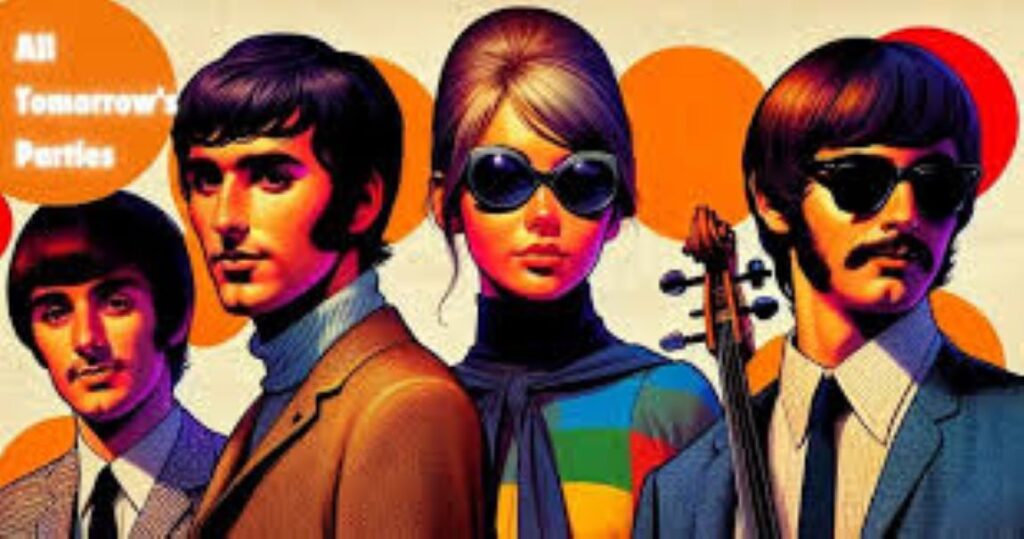All Tomorrow’s Parties (ATP) is a name that carries significant meaning in the realms of music, culture, and art. Originally inspired by the 1967 song of the same name by The Velvet Underground, ATP became a groundbreaking music festival and events organization based in the UK. Over the course of its existence, ATP redefined the live music experience, offering an intimate and artist-curated alternative to mainstream music festivals.
This article delves into the origins, impact, and eventual dissolution of ATP, while also exploring the broader cultural significance of its name and influence.
The Origins of All Tomorrow’s Parties
ATP was founded in 1999 by Barry Hogan in London, with a vision to create an alternative festival experience. Unlike large-scale, corporate-sponsored festivals, ATP prided itself on being artist-friendly, with a strong focus on musical integrity, community, and an eclectic lineup.
Key Characteristics of ATP Festivals:
- Artist-Curated Lineups: One of ATP’s defining features was its artist-curated format. Instead of corporate sponsorships determining the lineup, musicians themselves selected the acts, fostering a genuine and diverse musical experience.
- Intimate Venues: ATP festivals were often held in holiday camps or small resorts, providing a close-knit atmosphere for both artists and fans.
- Diverse Genres: ATP showcased an eclectic mix of genres, including indie rock, experimental, electronic, folk, and metal.
The Meaning Behind the Name
The name All Tomorrow’s Parties originates from a song by The Velvet Underground, written by Lou Reed and featured on their debut album The Velvet Underground & Nico (1967). The song’s melancholic tone and lyrics about faded glamour and lost dreams resonate with ATP’s ethos—a festival that embraced the avant-garde, underground, and countercultural aspects of music.
Lyrics Excerpt: And what costume shall the poor girl wear To all tomorrow’s parties?
The song metaphorically addresses themes of transience, change, and the passage of time, aligning with ATP’s spirit of celebrating music from the past, present, and future.
Growth and Influence of All Tomorrow’s Parties Meaning
ATP quickly gained a reputation for being a festival like no other. The festival’s success led to expansions beyond the UK, with editions taking place in the U.S., Australia, and Iceland.
Notable ATP Editions and Curators:
- Shellac (2002, 2012) – The legendary post-hardcore band curated a lineup featuring underground rock and experimental acts.
- Sonic Youth (2000, 2004) – A staple of alternative rock, Sonic Youth’s curated editions included avant-garde, noise rock, and experimental bands.
- Nick Cave & The Bad Seeds (2008) – Featuring acts that complemented their dark, storytelling style.
- Jeff Mangum (2012) – The elusive frontman of Neutral Milk Hotel made a rare public appearance to curate an edition of ATP.
- The National (2012) – Bringing together folk, indie rock, and orchestral elements in their curated lineup.
ATP’s reputation was built on these highly personalized curations, which introduced audiences to new and unexpected musical experiences.
Impact on Music and Culture
ATP’s influence extended beyond just festivals. It shaped the independent music scene and created a blueprint for future artist-led events. Its impact can be measured in several key ways:
- Revitalization of Forgotten Spaces: ATP revived the use of holiday camps, turning them into cultural hubs.
- Artistic Freedom: Artists were given complete control over their lineups, reinforcing the idea that music should be curated for passion rather than profit.
- New Festival Models: Many festivals today, such as Primavera Sound, have borrowed elements from ATP’s unique approach.
The Decline and Financial Troubles
Despite its success, ATP faced financial difficulties. A combination of mismanagement, overspending, and an increasingly competitive festival market led to its eventual decline.
Major Challenges Faced by ATP:
- Financial Instability: Reports of unpaid artists and vendors tarnished ATP’s reputation.
- Cancellations and Postponements: Several planned events were canceled due to financial constraints.
- Market Saturation: The rise of large, corporate-backed festivals made it difficult for ATP to compete.
By 2016, ATP officially ceased operations, marking the end of an era for the festival and its devoted fanbase.
The Legacy of All Tomorrow’s Parties Meaning
Even though ATP no longer exists, its legacy remains intact. Many of the principles it pioneered continue to influence the music festival scene. Independent festivals, boutique events, and artist-curated experiences owe a great deal to ATP’s innovations.
Moreover, ATP inspired other movements in music and art, proving that alternative, non-commercial approaches can have a lasting cultural impact.
Conclusion
All Tomorrow’s Parties was more than just a music festival; it was a cultural movement. Its name, borrowed from The Velvet Underground, reflected its ethos of embracing the past while looking forward to the future. ATP provided an alternative to the mainstream, giving artists and audiences a space to celebrate music in its purest form.
While ATP may no longer be active, its spirit lives on in festivals and artist-led initiatives that continue to challenge the status quo. It remains a powerful example of how music, art, and community can come together to create something truly special.
FAQs About All Tomorrow’s Parties Meaning
1. What was the main purpose of All Tomorrow’s Parties (ATP)?
ATP was created as an artist-curated music festival that provided an alternative to mainstream, corporate-backed festivals. It emphasized artistic integrity, diverse lineups, and intimate venues.
2. Why was it called All Tomorrow’s Parties?
The name comes from a 1967 song by The Velvet Underground, which explores themes of fleeting beauty and change. These themes resonated with ATP’s ethos of celebrating music beyond the mainstream.
3. Who were some notable curators of ATP?
Some of the most memorable curators included Sonic Youth, Nick Cave & The Bad Seeds, Shellac, The National, and Jeff Mangum, among others.
4. What made ATP different from other festivals?
Unlike most festivals, ATP allowed artists to curate the lineup, leading to a unique and diverse musical experience. It also prioritized intimate venues over large, impersonal stages.
5. Why did ATP end?
ATP faced financial difficulties, including mismanagement and competition from larger festivals. These issues eventually led to its closure in 2016.







